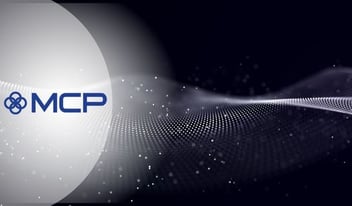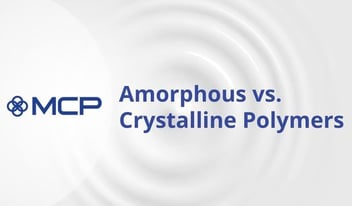
The Difference between Styrene-Butadiene Rubber and Styrene-Butadiene Latex
Often the terms Styrene-Butadiene Rubber (SB Rubber) and Styrene-Butadiene Latex (SB Latex) are used interchangeably. However, they are two different materials that are used in different ways on a variety of products. How SB Rubber and SB Latex are..
Often the terms Styrene-Butadiene Rubber (SB Rubber) and Styrene-Butadiene Latex (SB Latex) are used interchangeably. However, they are two different materials that are used in different ways on a variety of products.
How SB Rubber and SB Latex are alike is that they are both synthetic polymers and they are usually created by a process called emulsion polymerization. They also share the same two components - an organic compound named styrene and an industrial gas called butadiene. Styrene is produced when benzene and ethylene react with each other at room temperature. It’s a colorless oily liquid and it has a sweet odor. While butadiene is a byproduct of the hydrocarbon ethylene and it is a colorless gas that smells faintly like gasoline.
Another way that SB Rubber and SB Latex are the same is that they both share several benefits over natural rubber. For example, they are usually less expensive, they are more resistant to abrasions and they age better because they harden over time, whereas natural rubber softens. Another important trait is that there are no allergens in SB Rubber and SB Latex, but there are allergens in natural rubber. In fact, allergies to natural rubber have become a rather big health care problem. The people who are most likely to develop these allergies are people who regularly come into contact with natural rubber, like health care professionals who wear rubber gloves and patients who require a lot of surgery.
Those are some of the main ways that SB Rubber and SB Latex are similar, but, what makes them different?
Styrene-Butadiene Rubber
Styrene-Butadiene Rubber is most often made up of 25% styrene and 75% Butadiene, which is a higher butadiene content than Styrene-Butadiene Latex and this makes it more elastic-like.
SB Rubber’s development traces back to the discovery of synthetic rubber in Germany in the early 1900s. At the time, the demand for rubber was high because of the burgeoning auto industry. To meet the need for rubber, in 1906, the pharmaceutical and chemical company Bayer gave their scientists a task. If they developed a synthetic rubber that would cost less than 10 marks per kilogram, they would be given a prize of 20,000 gold marks, which is just over $125,000 USD today.
Finishing the project just under deadline in 1909 was Fritz Hofmann. However, his rubber still needed to be tweaked and in 1910, Bayer started selling the first synthetic rubber, which was a variation of Hofmann’s formula. Sales of the synthetic rubber really took off with World War I because rubber became harder to get, but the need for rubber increased to help fuel the war machines of Germany and its allies.
In the years that followed World War I, chemists were still working on improving synthetic rubber. One such chemist was Dr. Walter Bock, who worked at the German pharmaceutical company IG Farben, and he started experimenting with a process called emulsion polymerization. Bock found that when he used 25% styrene and 75% butadiene during the polymerization, the result was a tough and resilient synthetic rubber.
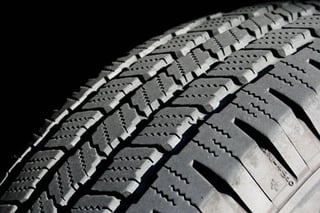 In 1929, a patent was filed for the first styrene-butadiene rubber, which was marketed under the name Buna S. The new copolymer was tougher and less rubbery than natural rubber, making it ideal for tires. That is still the most common use of SB Rubber; about half of all car tires use some form of SB Rubber.
In 1929, a patent was filed for the first styrene-butadiene rubber, which was marketed under the name Buna S. The new copolymer was tougher and less rubbery than natural rubber, making it ideal for tires. That is still the most common use of SB Rubber; about half of all car tires use some form of SB Rubber.
However, SB Rubber is not just limited to tires. SB Rubber can be polymerized in different ways, which changes the consistency of the rubber. For example, when it is cold polymerized, the final product is used for filling in potholes and foam for mattresses.
CAN'T FIND WHAT YOU'RE LOOKING FOR?
Styrene-Butadiene Latex
Styrene-Butadiene Latex is the most common type of styrene-butadiene emulsion polymer and it’s also important to note that it’s not just different from Styrene-Butadiene Rubber, it’s also different from natural latex. Natural latex is a white sap that comes from hevea brasiliensis trees, which are more commonly called rubber trees. This sap can be refined and compounded, and this makes it readily processed and optimizes its physical properties. An example of a product that is made from natural rubber are white gloves that are used by medical professionals.
As for how SB Latex differs from SB Rubber, it has a greater crosslink density, and this gives it more toughness and strength compared to SB Rubber. This means that after it is stretched it will recover closer to its original shape.
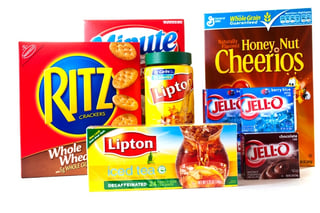 Another notable difference between SB Rubber and SB Latex is that SB Latex products are much more diverse. SB Latex and the process conditions allow manufacturers to create dramatically different polymer compositions with dramatically different performance results. This allows producers of SB Latex such as Mallard Creek Polymers to customize products to meet a variety of requirements.
Another notable difference between SB Rubber and SB Latex is that SB Latex products are much more diverse. SB Latex and the process conditions allow manufacturers to create dramatically different polymer compositions with dramatically different performance results. This allows producers of SB Latex such as Mallard Creek Polymers to customize products to meet a variety of requirements.
One of the main uses of SB Latex is that it is used for paper coating for products like magazines, flyers, catalogues and paperboard products like folding food cartons. SB Latex enhances the pigment’s binding power, it makes the paper smoother, stiffer, glossier, brighter, and it is more water resistant. It’s also much less expensive than alternative coatings.
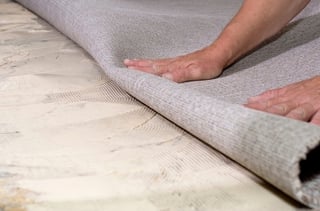 Another major use of SB Latex is backcoating on textiles, including tufted carpets which are the most popular type of carpet in America; about 90 percent of carpets are tufted. The backcoating holds the tufts in place, which improves stability and reduces fraying at the edge. However, the main reason SB Latex is the most used polymer for backcoating is because it has high pigment binding capability and strength.
Another major use of SB Latex is backcoating on textiles, including tufted carpets which are the most popular type of carpet in America; about 90 percent of carpets are tufted. The backcoating holds the tufts in place, which improves stability and reduces fraying at the edge. However, the main reason SB Latex is the most used polymer for backcoating is because it has high pigment binding capability and strength.
Those are only a few of the uses for SB Latex and new ways of using it in different fields is being found all the time. Just a few more examples to show the diversity for the uses of SB Latex is that it can be used for running tracks, specialty coatings, adhesives, and non-woven fabrics.
It’s also important to note that since SB Latex is difficult to handle, many manufacturers only have a limited product mix. However, one company that offers a diverse line of SB Latex mixes is Mallard Creek Polymers. If you think you have a product that needs SB Latex, feel free to browse Mallard Creek Polymer’s list of products. Or if you have an idea that will require SB Latex, but are unsure what product would be best suited to your needs, please do not hesitate to contact our team of experts by emailing us or phoning us at 1-877-240-0171.
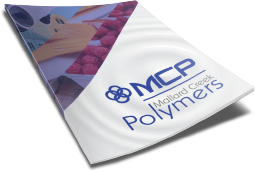
 Construction
Construction
 Nonwovens
Nonwovens
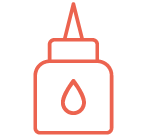 Adhesives
Adhesives
 Textiles
Textiles
 Printing & Packaging
Printing & Packaging
 Paper
Paper
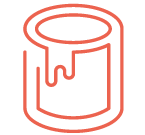 Paints & Coatings
Paints & Coatings



